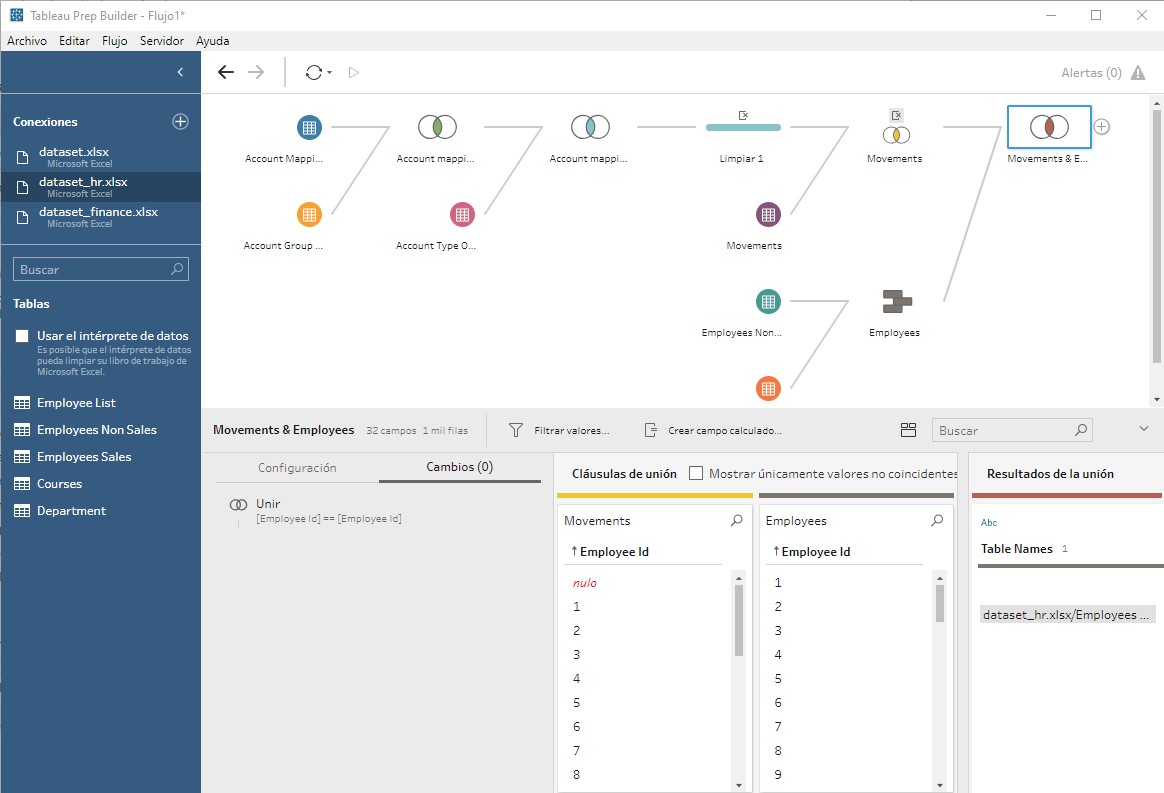
The "January Orders (corrections)" table is a report released later with some new orders, but also corrections on orders that already exist in "January Orders". In the Tableau Prep workbook "duplicates from union.tfl", the "January Orders" is the first report of orders in January. Therefore, a de-duplicated inventory field using FIXED could show the full, unduplicated inventory for a product whether there was only one order from that product in the view, or multiple. The advantage of using a FIXED expression in Tableau Desktop is that level of detail (LOD) expressions have special aggregation rules. Option 4: Use a FIXED expression in Tableau Desktopįor detailed directions, see Removing Duplicate Data with LOD Calculations. The final table will only have one row per product, which means details on each order will be lost. NOTE: The Field was dragged to the Grouped Fields pane because that is the only field used to join on. Drag Aggregate 2 over January Inventory 4 to create an INNER join on Product = Product.Click SUM on the field select Count Distinct.Click CNT on the field select Count Distinct.Drag, , and to the Aggregated Fields pane.In the Aggregate 2 step, do the following:.Add an Aggregate step from January Orders 4.Option 3: Aggregate data so that the tables have a 1:1 relationship

In the formula field, create a calculation similar to the following:.In this example, the calculated field is named "New Inventory" In the Calculated Field dialog box that opens, do the following, and then click OK:.In the Clean 1 step, click the Create Calculated Field… button.In the Join 3 step, create a LEFT join on =.Drag Join 2 over Aggregate 1 and drop Join 2 onto New Join.If there is not one unique identifier, then before creating the aggregate step, add a step to create a calculated field that concatenates the dimensions required to have a unique value for every row.Instead of, use the field from the other table that has a unique value for every row.Rename Order ID to something like Orders per Product.Change the aggregation for Order ID to Count Distinct.In the Aggregate 1 step, do the following:.Create an INNER join "January Inventory" and "January Orders" on =.Please note: this may cause inaccurate inventory information in a view if only some orders for a product are filtered out.


For example, there are 2 orders for hats. Then final result will be that an equal portion of the inventory will be represented for each order. We can use an aggregate step to find the number of orders per product and then divide inventory by the number of orders.

Option 2: Create a Calculation to Evenly Distribute Measure Values This may cause issues when creating calculations without aggregations, or in views that show a higher level of granularity then the field(s) from the join clause, which would be in this example Option 1: Use a Union instead of a Join Note: None of the values of will be directly related with any of the data from "January Orders". After joining the "Sales" and "Inventory" table, the measure has been duplicated. The "January Orders" table may have many rows for a product if multiple orders were for the same product. In the Tableau Prep workbook "duplicates from join.tfl", the "January Inventory" table lists each product once with its total inventory.


 0 kommentar(er)
0 kommentar(er)
